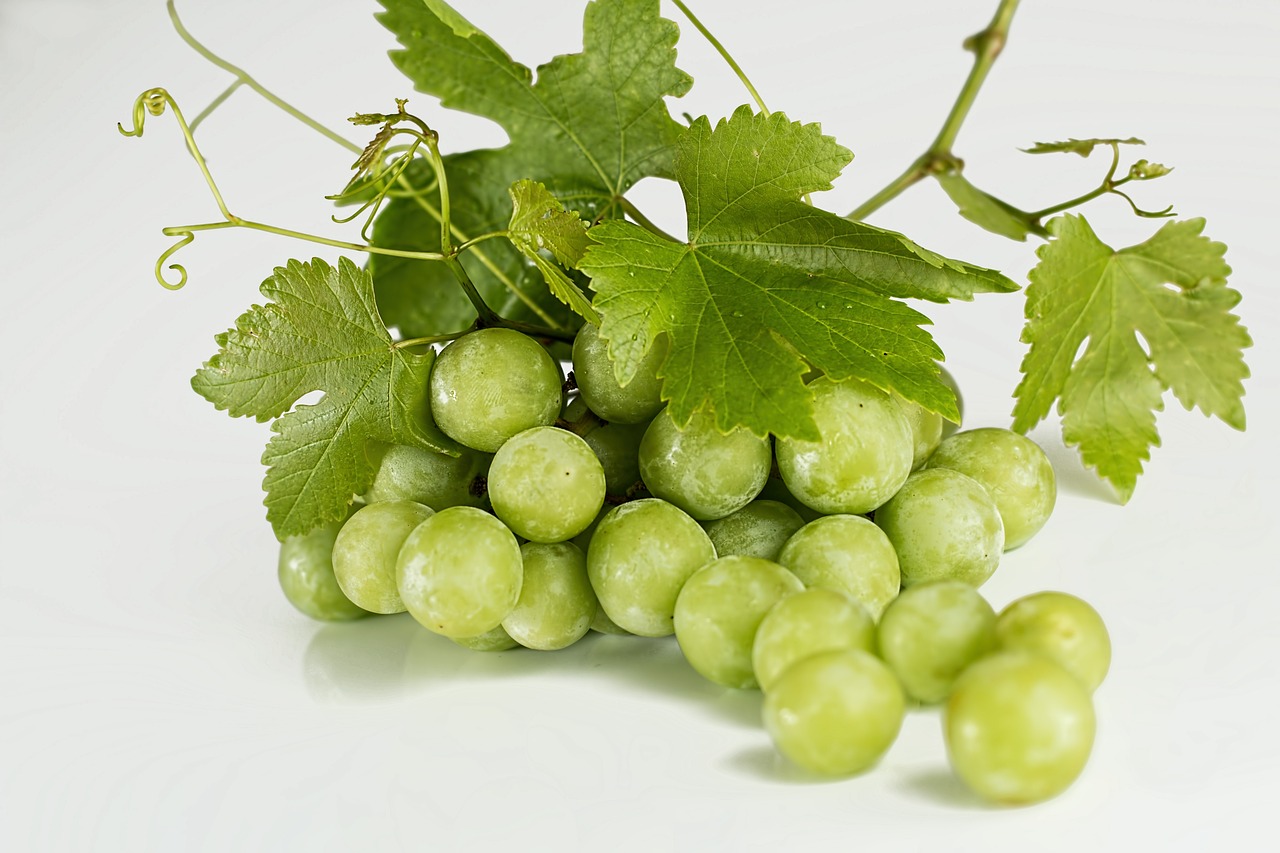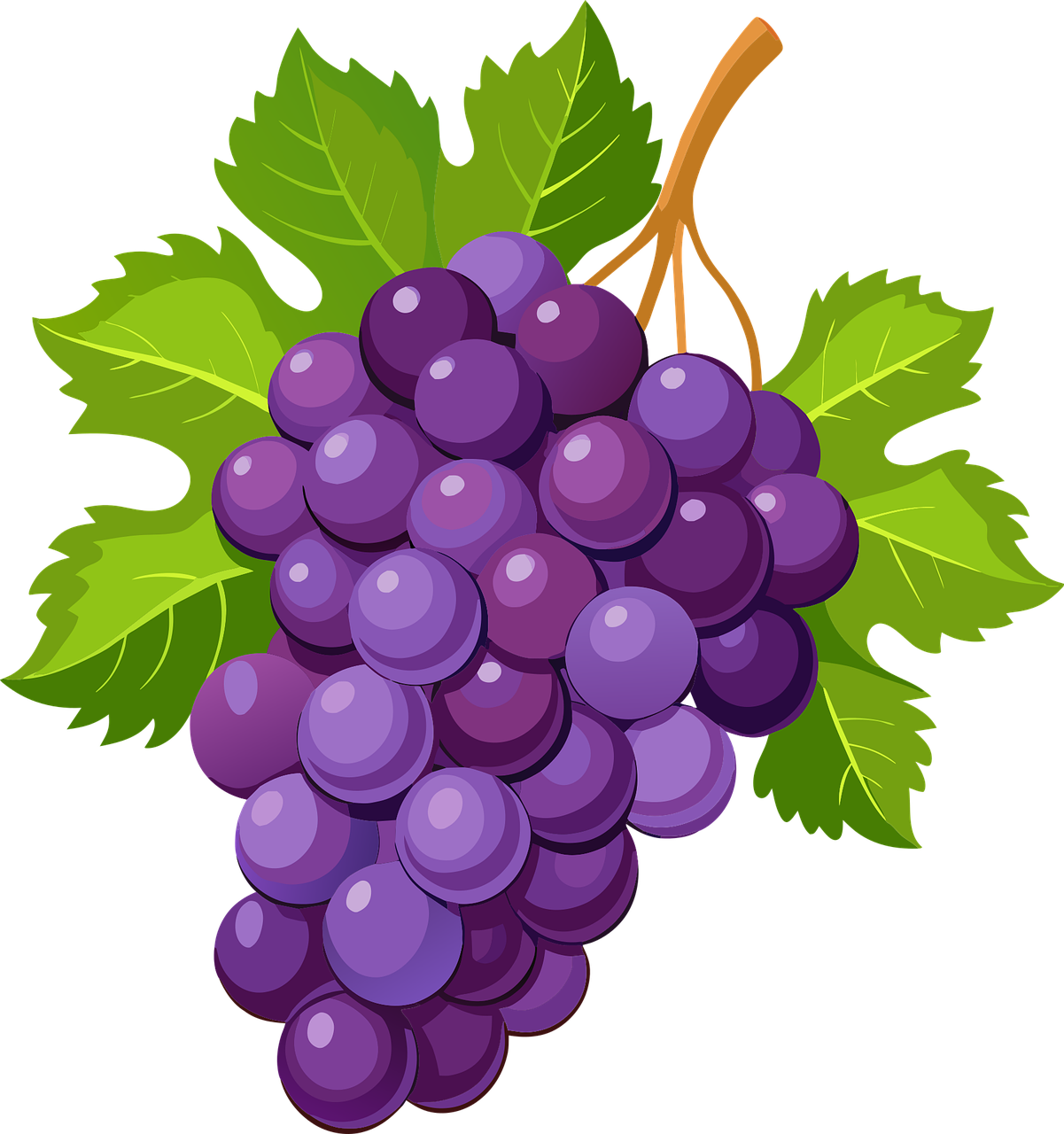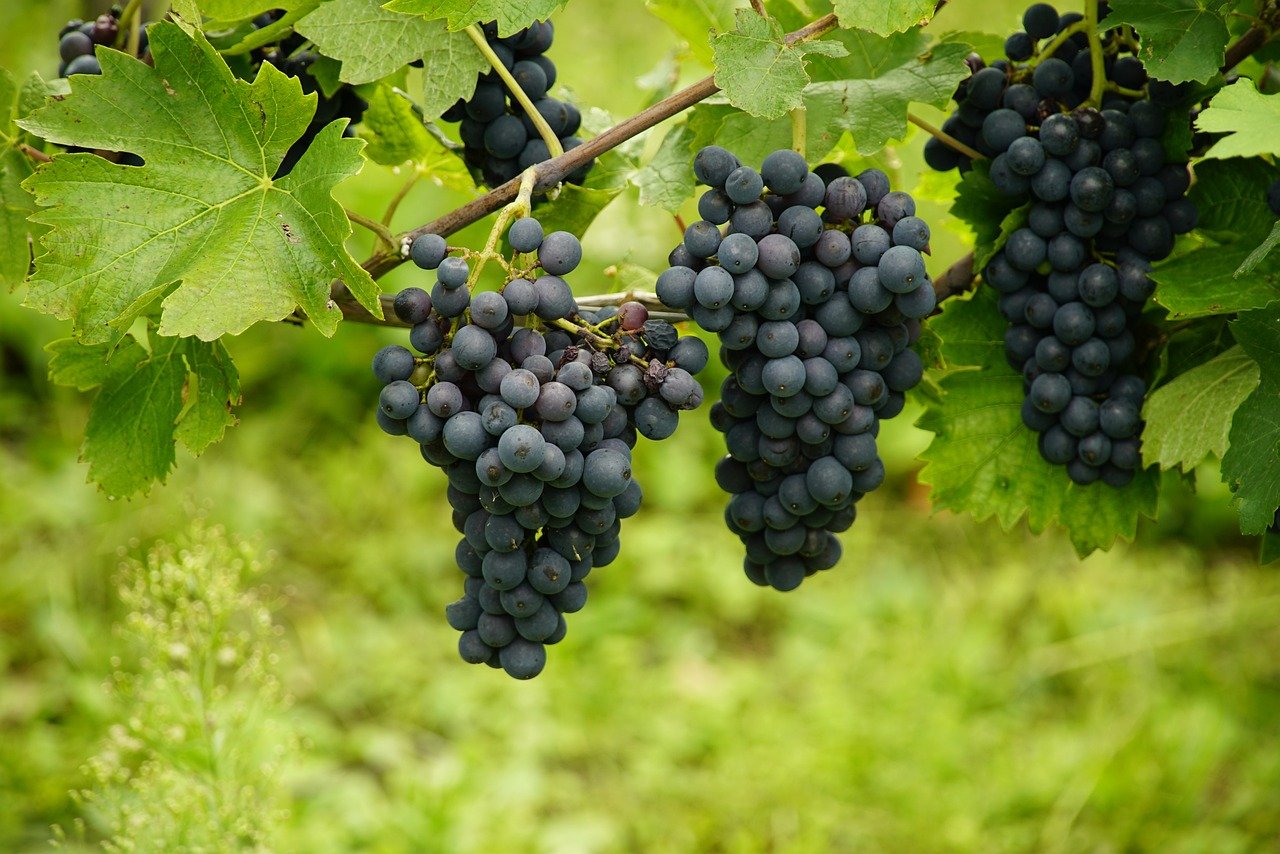“`html
Discover the Fascinating World of Sea Grape
The sea grape, scientifically known as Coccoloba uvifera, is a unique plant native to coastal areas in the Caribbean, Florida, and other parts of Central and South America. This intriguing plant is not just a visual delight but also serves various ecological and practical functions.
Understanding Sea Grape: Habitat, Characteristics, and Symbolism
Natural Habitat
Sea grape plants thrive in sandy soils along shorelines. They are well-adapted to saline environments, making them a common sight on beaches and coastal dunes. Their robust nature enables them to withstand strong winds and salt spray, contributing to their popularity in coastal landscaping.
Distinct Characteristics
The sea grape is characterized by its broad, leathery leaves, which are typically round and can grow up to 25 cm in diameter. These leaves have prominent red veins, adding a splash of color to their lush green appearance. Sea grape plants can grow as shrubs or small trees, reaching heights of up to 8 meters.
One of the most distinctive features of the sea grape is its fruit. The plant produces clusters of small, grape-like berries that change from green to purple as they ripen. These berries are both ornamental and edible, often used in jellies and wines.

Symbolism
In the language of flowers, sea grape symbolizes resilience and adaptability, reflecting its ability to thrive in harsh coastal conditions. It is also associated with protection and nurturing, as it provides shelter and food for various coastal wildlife species.
How to Cultivate Sea Grape
Soil and Location
When growing sea grape, choose a location with well-drained, sandy soil. This plant thrives in full sun but can tolerate partial shade. Its preference for sandy, saline soils makes it an excellent choice for coastal gardens.
Watering and Fertilization
Sea grape plants require moderate watering, especially during the establishment phase. Once established, they are drought-tolerant and need less frequent watering. Fertilize the plant annually with a balanced, slow-release fertilizer to encourage healthy growth.
Pruning and Maintenance
Regular pruning helps maintain the desired shape and size of the sea grape. Prune any dead or diseased branches to promote air circulation and prevent pest infestations. It’s also important to remove suckers that may appear at the base to encourage stronger growth in the main stems.

Pest and Disease Management
While sea grape is relatively pest-resistant, it can occasionally be affected by scale insects and caterpillars. Use organic insecticidal soap or neem oil to manage infestations. Ensure good air circulation to prevent fungal diseases.
Additional Insights and Uses
Ecological Benefits
Sea grape plants play a crucial role in coastal ecosystems. Their dense foliage and extensive root systems help stabilize sandy soils, preventing erosion. They also provide a habitat for various bird species and insects, enhancing biodiversity in coastal areas.
Culinary and Cultural Uses
In addition to their ecological benefits, sea grape berries are edible and can be used to make jams, jellies, and wines. In Caribbean cuisine, sea grape jelly is a popular delicacy, known for its sweet, tangy flavor.
Where to Learn More
For those interested in sustainable coastal gardening, the Coastal Gardening Guide offers comprehensive insights and practical tips. Additionally, explore more about the environmental benefits of sea grape plants through the Wikipedia entry on Sea Grape.
Conclusion
The sea grape is a remarkable plant that embodies resilience and beauty. Its ability to thrive in coastal conditions, combined with its ecological and culinary benefits, makes it a valuable addition to any coastal landscape. By understanding how to cultivate and care for sea grape, you can enjoy its lush foliage and delicious fruits while contributing to the health of coastal ecosystems.
“`
